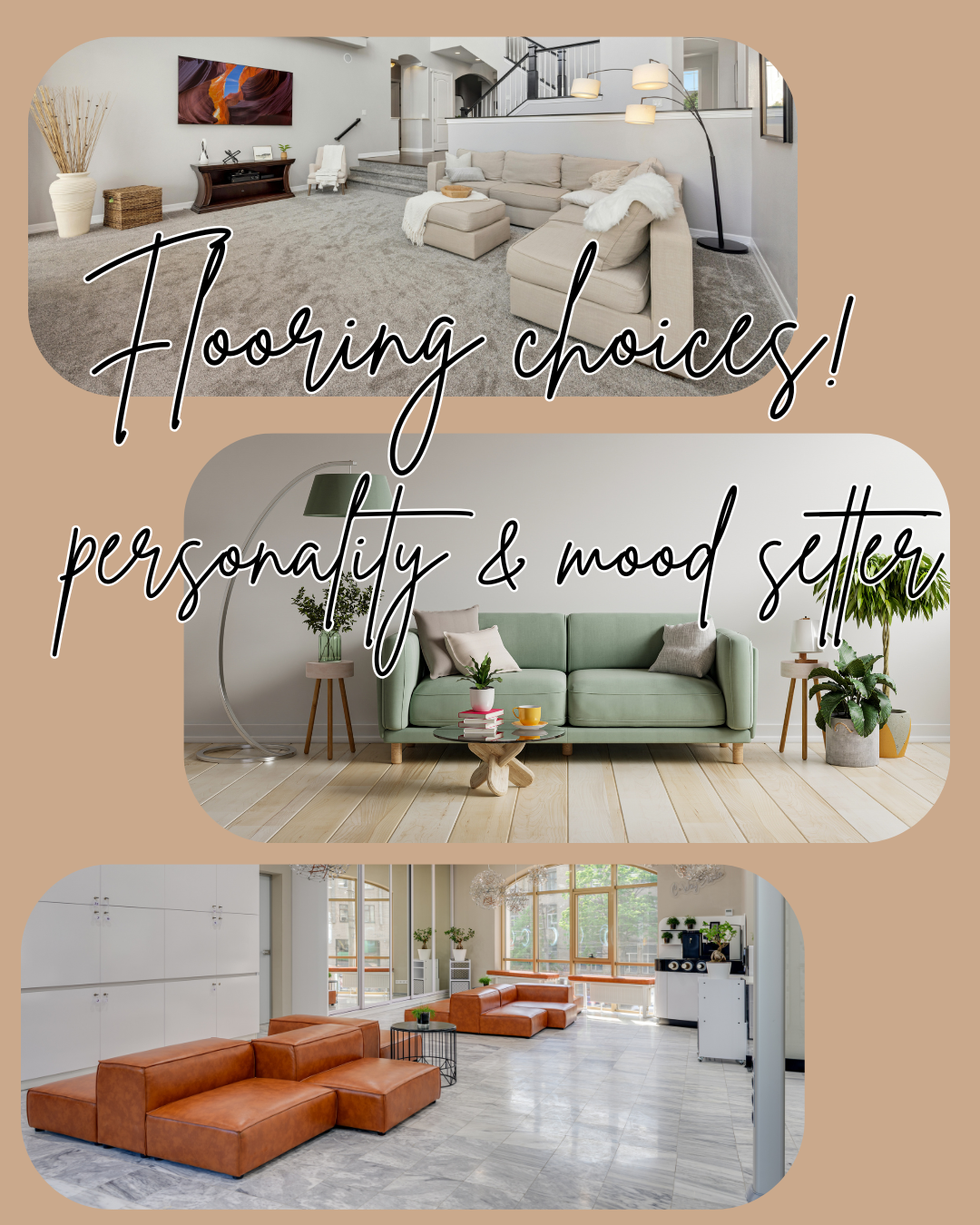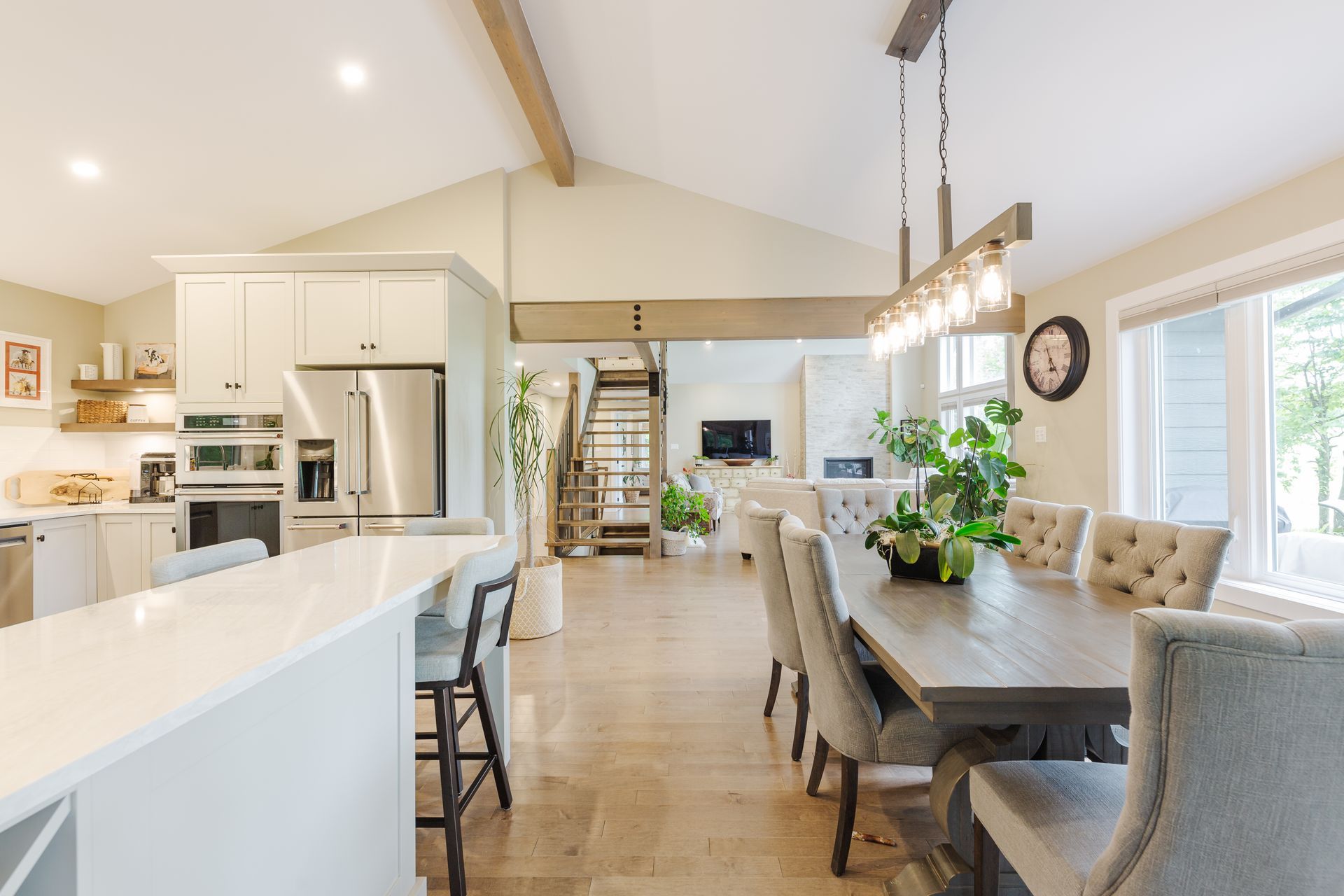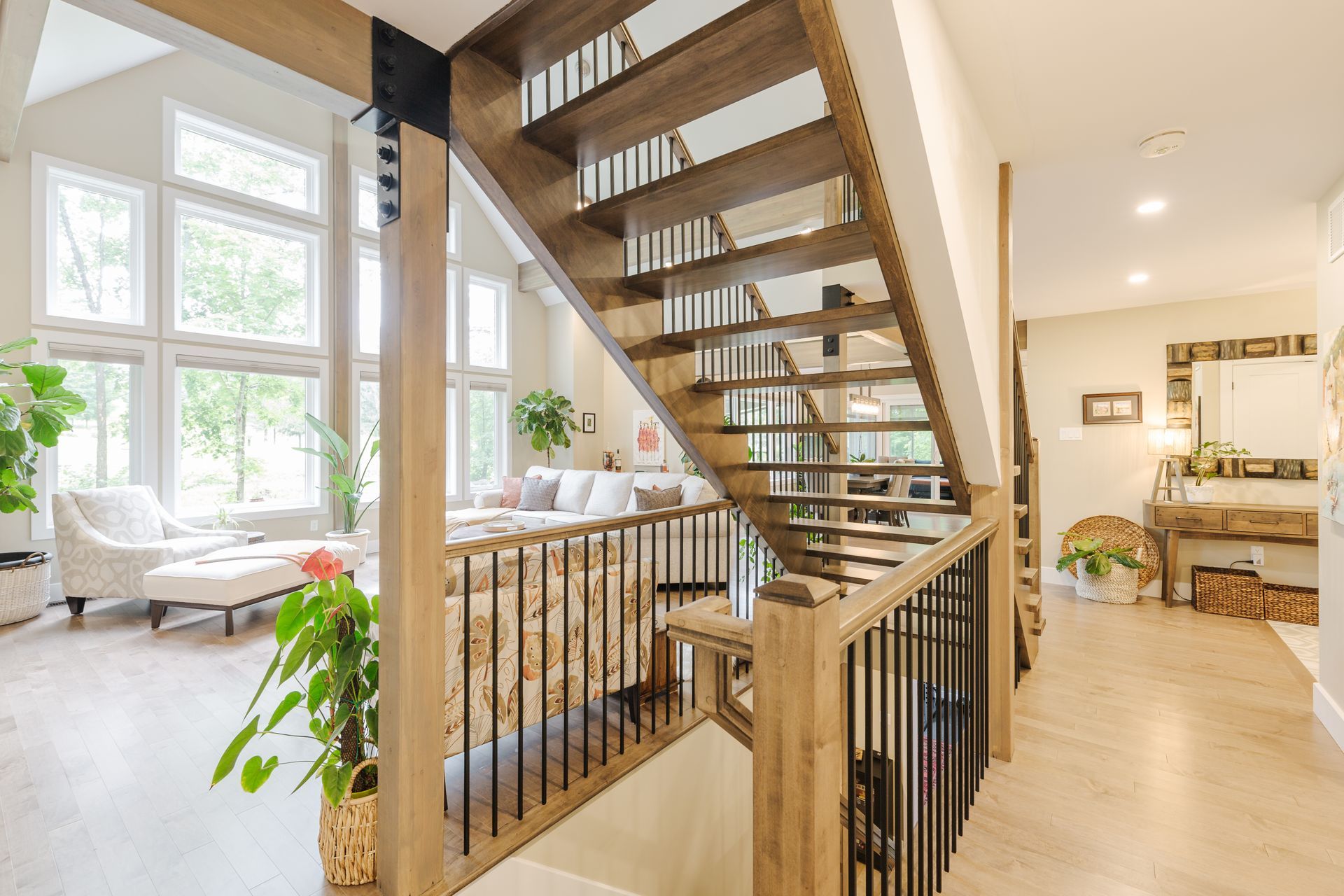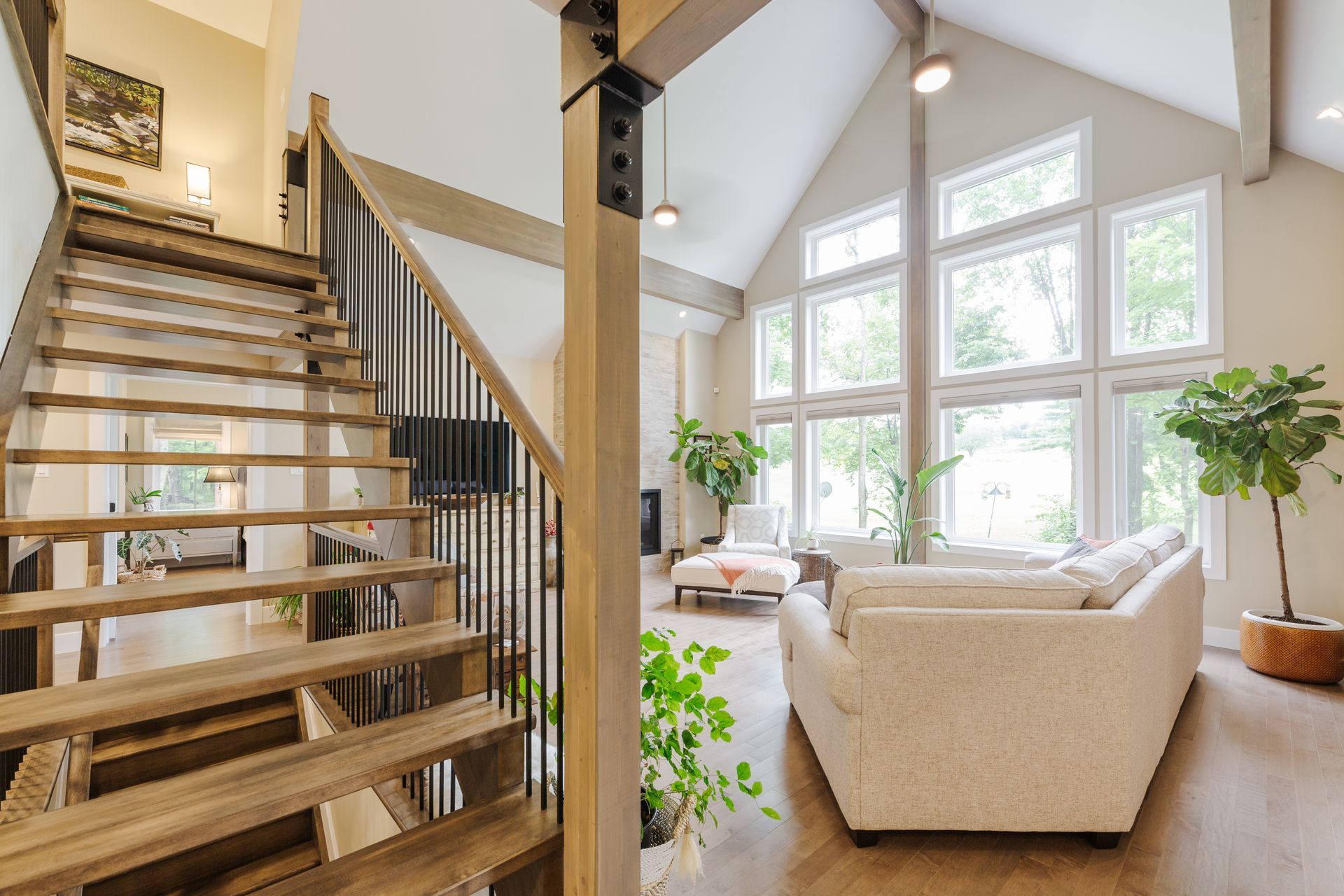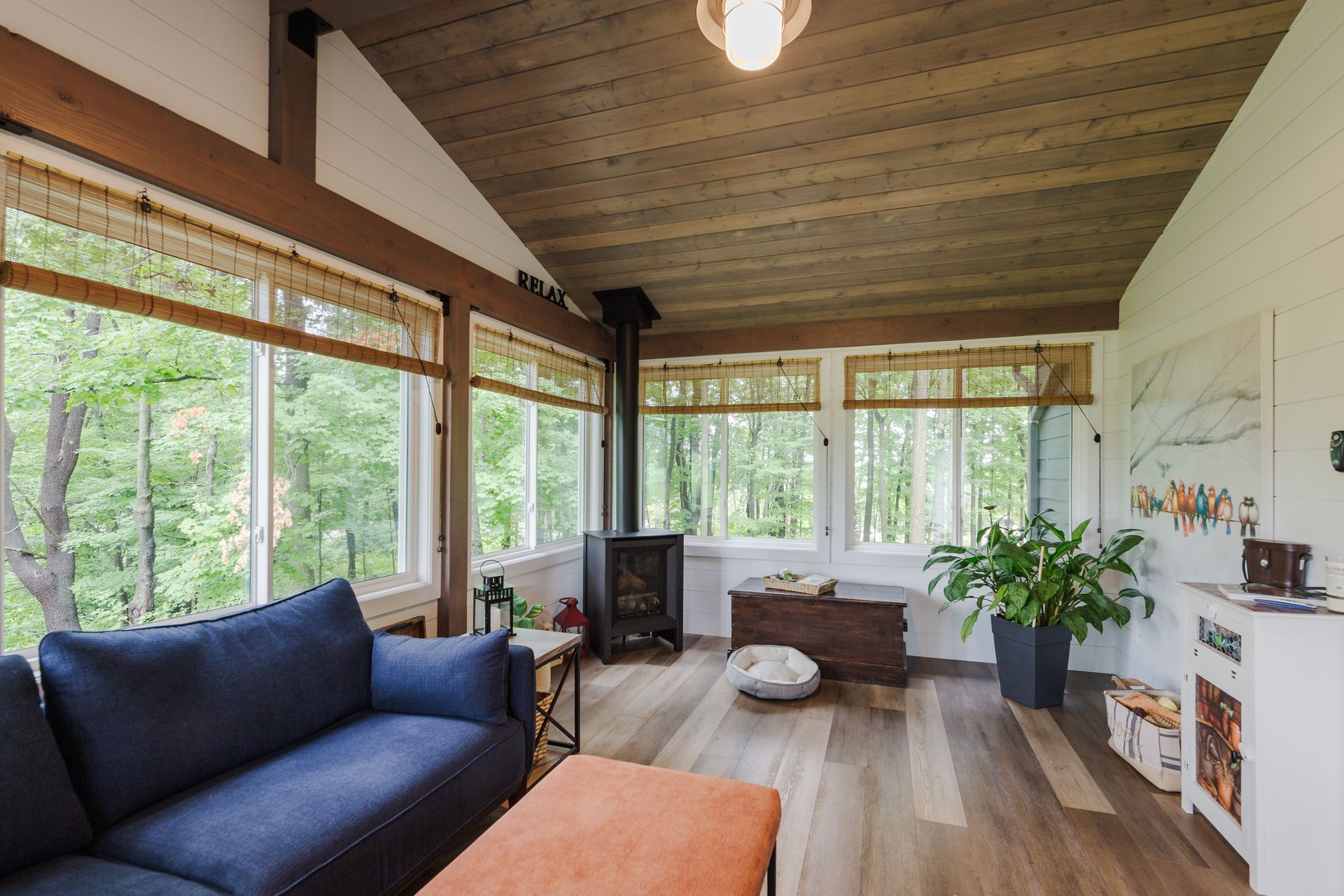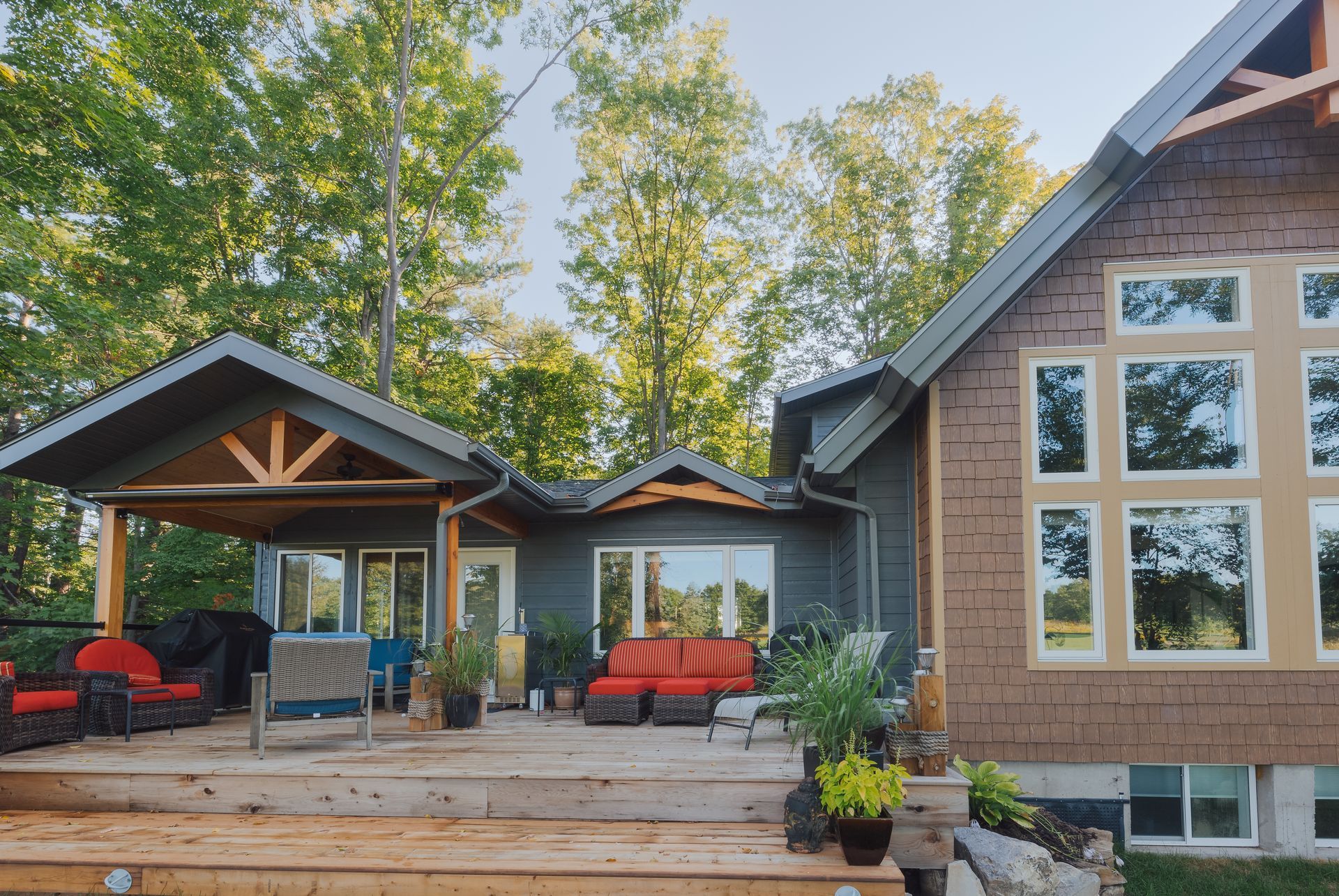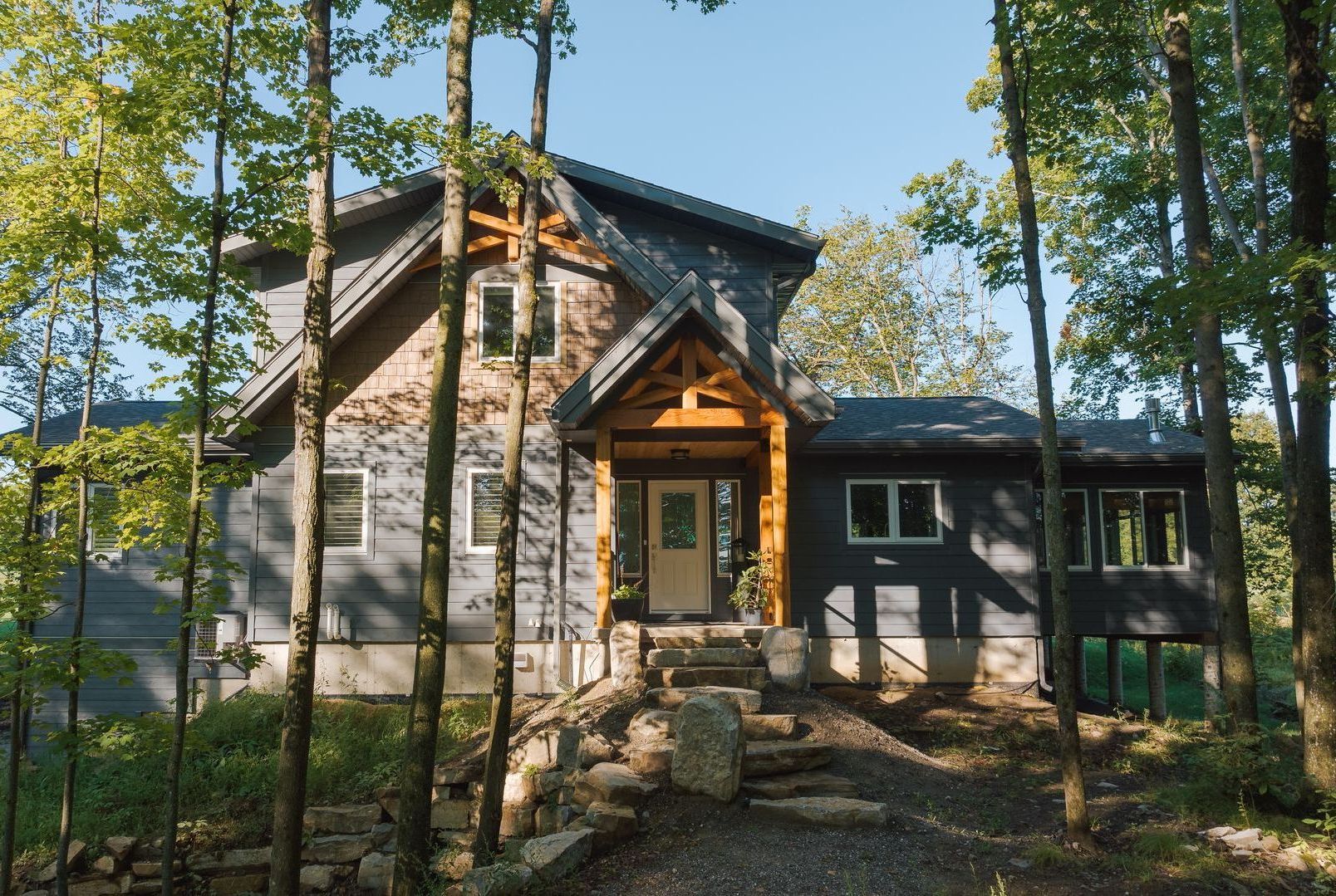Setting the Mood: How Colour Transforms the Feel of Your Home
When it comes to designing your home, colour is far more than a matter of style—it's a powerful emotional tool. From the cozy warmth of an earthy palette to the crisp energy of whites and blues, colour has the ability to shape the mood of a space and how we feel within it.
Warm Tones: Comfort and Coziness
Colours like red, orange, and yellow are often considered "warm" tones. These hues evoke feelings of warmth, comfort, and sociability. A burnt orange wall in the dining room can encourage conversation and appetite, while deep terracotta accents in a living space add an earthy richness that feels grounding. These tones are ideal for creating a welcoming atmosphere, especially in rooms meant for gathering and relaxation.
Cool Tones: Calm and Clarity
Blues, greens, and purples belong to the "cool" family. These colours are known to soothe and calm, making them perfect for bedrooms, bathrooms, or any space where you want to relax and unwind. A soft blue can make a room feel open and airy, like a breath of fresh air, while sage green brings a natural, restorative vibe. These tones also help in making smaller spaces feel larger and more serene.
Neutrals: Versatility and Balance
Neutrals like white, beige, grey, and taupe offer versatility and timeless appeal. They act as a calming backdrop, allowing you to layer in colour through furniture, art, and accessories. A neutral palette is ideal for those who prefer subtlety and elegance. For instance, a light grey living room feels refined and composed, while still giving you the freedom to change the mood with pops of colour seasonally.
Dark Colours: Drama and Intimacy
Deep shades like navy, charcoal, and forest green create a mood of sophistication and intimacy. While often seen as bold choices, these colours can add incredible depth to a room. Used on walls or cabinetry, dark tones can make a space feel cozy and cocooned. Pairing them with lighter accents or metallics brings balance and prevents the space from feeling closed in.
Pastels: Softness and Cheer
Pastel hues - like blush pink, lavender, and baby blue - add a lighthearted and playful mood to any room. They work well in nurseries, bedrooms, or creative spaces where a touch of whimsy is welcome. Pastels can also be modern and chic when paired with contemporary furniture and clean lines.
Colour Placement Matters
Beyond the colour itself, where and how you use it makes a difference. Accent walls, painted ceilings, colourful furniture, or vibrant textiles can all influence a room’s vibe. Even lighting plays a role - natural light can brighten colours, while artificial lighting can warm or cool them.
Final Thoughts
Choosing colours for your home isn’t just about aesthetic - it's about setting an emotional tone. Whether you want your space to feel energetic, serene, elegant, or joyful, colour helps communicate that mood. Take your time, consider the function of each room, and trust your emotional response to the shades that speak to you.

